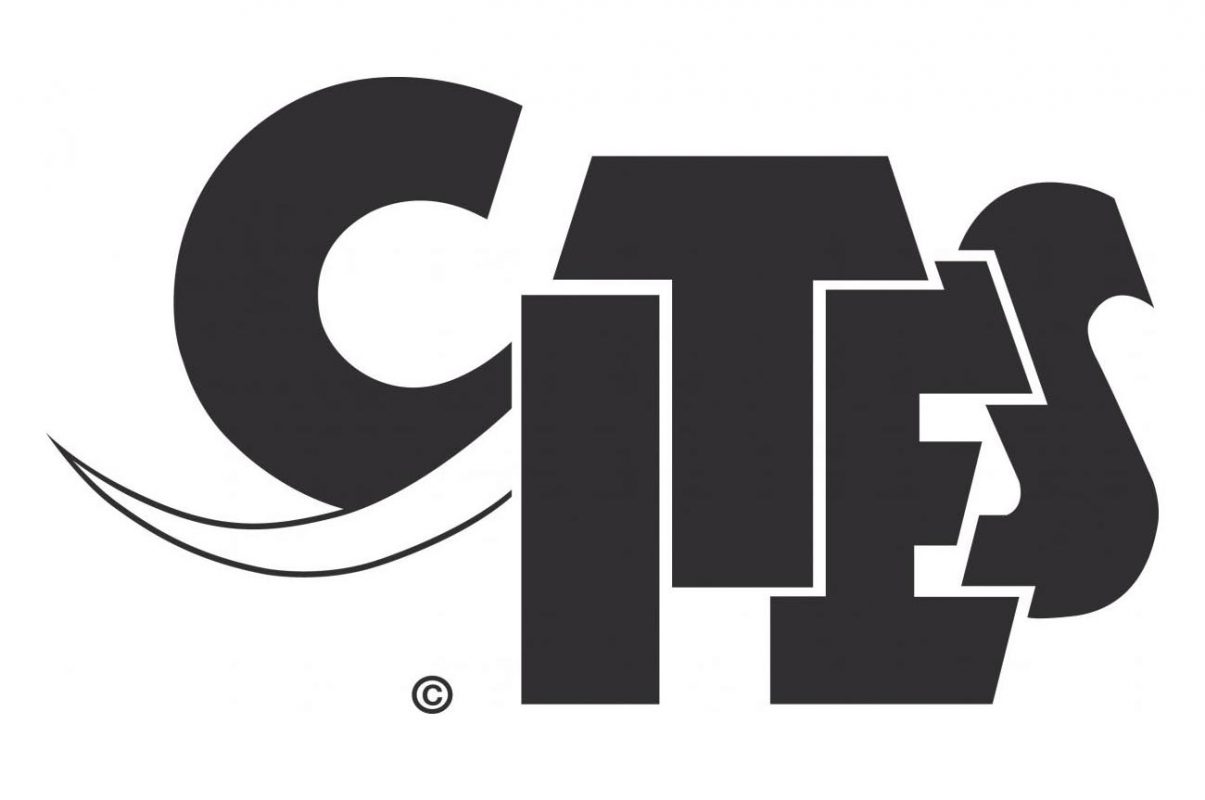Uncategorized
Structure for a CITES certificate
Here is an example of the relevant structure for a CITES certificate (reptile)
Appendix I
Box 1 Name and usually address of the breeder
Box 3 Issuing authority
Box 4 Description and identification or reference to photo documentation as an attachment
Field 6 usually only 1 animal per permit
Field 7 I
Field 8 A
Field 9 R ,D,C or F mostly C
Box 10 Country of birth of the animal
Field 16 Scientific name
Field 17 common name
Field 18 born in captivity
Box 19 for exemption of specimens in Annex A from the prohibition of commercial activities .
Field 20 free text: Only valid with attached consecutive photo documentation (if no transponder)
Bottom field important : Seal and signature
Appendix II
The more than 33,000 species currently listed in Appendix II
are not yet on the verge of extinction.
threatened, but their existence would be jeopardized by free international trade. The provisions
of Annex II should help to prevent it from happening in the first place.
to let it get that far. For the export of
Annex II species must be accompanied by an export permit from the country of origin. The EU demands
also an import permit.
Appendix III
Appendix III contains around 270 species that only occur in some countries, and in some cases only in individual regions are protected.
Such species require a license when exported from the listed country. Export license.
If the same species originates from a country where it is not listed,
must have a CITES certificate for this
certify their origin.

